Nickname(s) Willi Name Wilhelm Batz | Years of service 1935–451956–72 | |
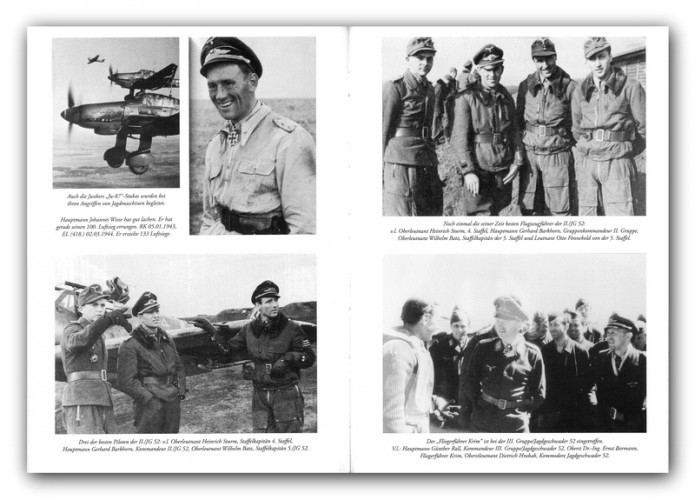 | ||
Born 21 May 1916Bamberg ( 1916-05-21 ) Battles and wars World War II, Eastern Front, Defence of the Reich | ||
Wilhelm Batz (21 May 1916, in Bamberg – 11 September 1988, in Mauschendorf/Ebern in Unterfranken) was a pilot in the Luftwaffe of Nazi Germany during World War II. The sixth-most successful fighter pilot in the history of aerial warfare, Batz flew 445 combat missions and claimed 237 enemy aircraft shot down. 234 of these victories were achieved over the Eastern Front, including at least 46 Il-2 Sturmoviks, but he did claim three victories, including one four-engine bomber against the United States Army Air Forces (USAAF) over the Ploieşti oil fields. Batz was a recipient of the Knight's Cross of the Iron Cross with Oak Leaves and Swords.
Contents
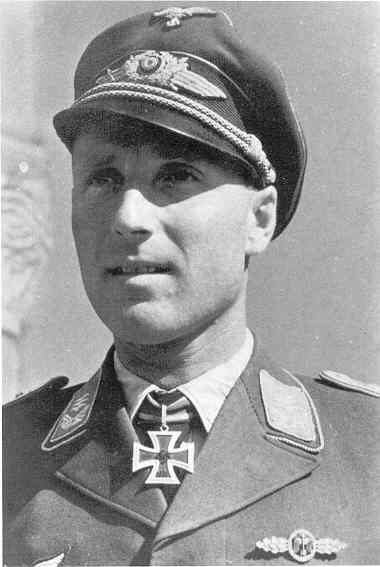
Early life and career
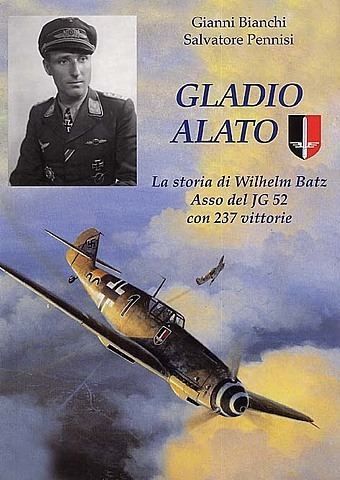
Batz was born on 21 May 1916 in Bamberg, at the time in the Kingdom of Bavaria. He was the son of a Beamter, a civil servant. After Batz graduated with his Abitur (university-preparatory high school diploma), for four years, he volunteered military service in the Luftwaffe on 1 November 1935. Batz grew up between the World Wars, with the Red Baron as his ideal of a fighter pilot.
World War II
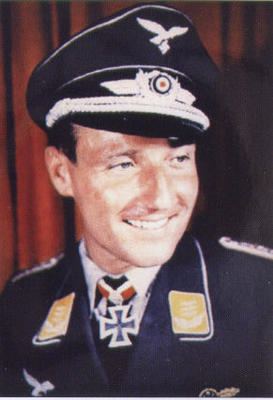
Batz joined the Luftwaffe in 1935 and trained as a fighter pilot, becoming an instructor in 1937 at the flying school at Kaufbeuren and the fighter pilot school at Bad Aibling. Promoted Leutnant in November 1940, his applications for combat assignment were continually rejected. With some 5,000 flying hours, Batz was finally transferred to 2./Ergänzungs-Jagdgruppe Ost in December 1942. Batz was then transferred to II./Jagdgeschwader 52 (JG 52). On 11 March 1943, Batz claimed his first victory, an Il-2 Sturmovik, while flying a mission over the Strait of Kerch. He was appointed Staffelkapitän (Squadron Leader) of 5./JG 52 in May 1943, and by September, he had claimed 20 victories. Batz claimed his 75th aerial victory on 26 March 1944 for which he received the Knight's Cross of the Iron Cross, followed by his 100th victory two days later. He was the 67th Luftwaffe pilot to achieve the century mark.

In April, Batz was appointed Gruppenkommandeur (Group Commander), III./JG 52. In June, his unit was moved to defend Romanian targets against the American 15th Air Force. Batz downed two P-51s and a B-24 at this time. Hauptmann Batz was awarded the Knight's Cross of the Iron Cross with Oak Leaves on 20 July for 188 victories, 200 being achieved on 17 August 1944.
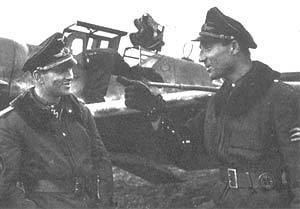
By the end of 1944, Batz had shot down 224 enemy aircraft. In February 1945, Batz was transferred to take command of II./JG 52, based in Hungary. Major Batz was awarded the Schwerter on 21 April 1945. At war’s end he was able to extricate his unit and men from Hungary and Austria back to Germany to surrender to American forces. He was thus able to avoid the prolonged Soviet captivity that befell the personnel of other two JG 52 Gruppen.
